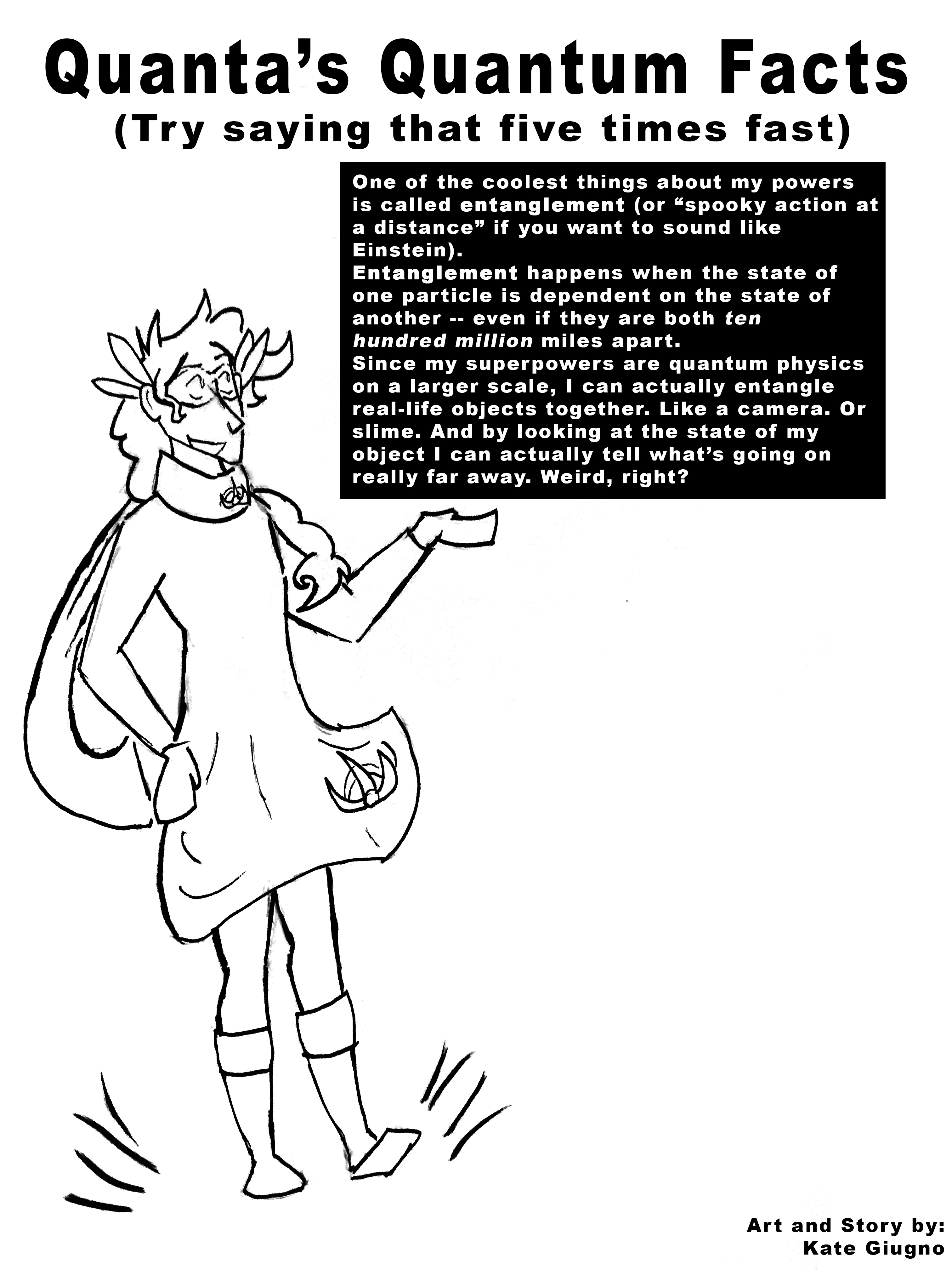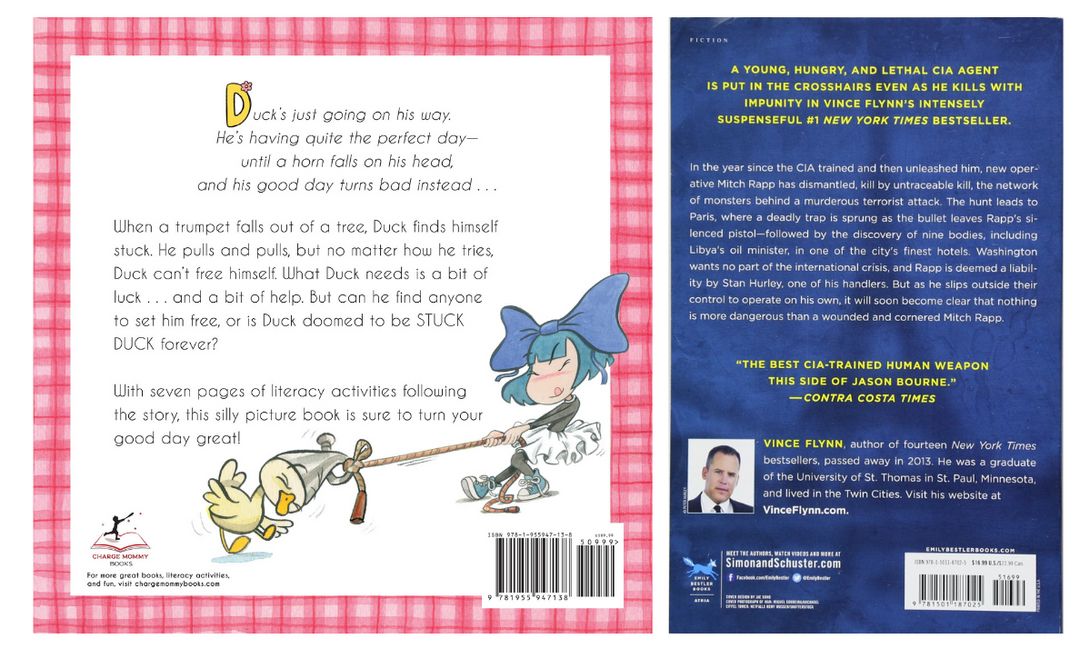Back Of The Page
Back Of The Page - Web use cognitive dissonance to deliberately break the grid layout and jolt the user into noticing the page turn. Web recto is the right or front side and verso is the left or back side when text is written or printed on a leaf of paper ( folium) in a bound item such as a codex, book, broadsheet, or pamphlet. In comprehensive nonfiction books, the table of contents often extends onto a second page—it’s okay to put that on the back of. Web while reverse may be used to refer to the back of sheet of paper, leaflet or document, obverse is not used with that meaning, but it refers mainly to the side of a coin, paper money or drawings (with reverse as its.
Web while reverse may be used to refer to the back of sheet of paper, leaflet or document, obverse is not used with that meaning, but it refers mainly to the side of a coin, paper money or drawings (with reverse as its. Web recto is the right or front side and verso is the left or back side when text is written or printed on a leaf of paper ( folium) in a bound item such as a codex, book, broadsheet, or pamphlet. Web use cognitive dissonance to deliberately break the grid layout and jolt the user into noticing the page turn. In comprehensive nonfiction books, the table of contents often extends onto a second page—it’s okay to put that on the back of.
In comprehensive nonfiction books, the table of contents often extends onto a second page—it’s okay to put that on the back of. Web recto is the right or front side and verso is the left or back side when text is written or printed on a leaf of paper ( folium) in a bound item such as a codex, book, broadsheet, or pamphlet. Web while reverse may be used to refer to the back of sheet of paper, leaflet or document, obverse is not used with that meaning, but it refers mainly to the side of a coin, paper money or drawings (with reverse as its. Web use cognitive dissonance to deliberately break the grid layout and jolt the user into noticing the page turn.
Back Page Live Returns YouTube
Web recto is the right or front side and verso is the left or back side when text is written or printed on a leaf of paper ( folium) in a bound item such as a codex, book, broadsheet, or pamphlet. In comprehensive nonfiction books, the table of contents often extends onto a second page—it’s okay to put that on.
BACK
Web use cognitive dissonance to deliberately break the grid layout and jolt the user into noticing the page turn. Web while reverse may be used to refer to the back of sheet of paper, leaflet or document, obverse is not used with that meaning, but it refers mainly to the side of a coin, paper money or drawings (with reverse.
Back Page Quanta
Web use cognitive dissonance to deliberately break the grid layout and jolt the user into noticing the page turn. Web recto is the right or front side and verso is the left or back side when text is written or printed on a leaf of paper ( folium) in a bound item such as a codex, book, broadsheet, or pamphlet..
Back Page [1934] [DVD]
Web while reverse may be used to refer to the back of sheet of paper, leaflet or document, obverse is not used with that meaning, but it refers mainly to the side of a coin, paper money or drawings (with reverse as its. In comprehensive nonfiction books, the table of contents often extends onto a second page—it’s okay to put.
Book Back Cover 6 Steps to a Back Cover that Converts
In comprehensive nonfiction books, the table of contents often extends onto a second page—it’s okay to put that on the back of. Web while reverse may be used to refer to the back of sheet of paper, leaflet or document, obverse is not used with that meaning, but it refers mainly to the side of a coin, paper money or.
Book cover images (front and back pictures)? Yahoo Answers Front
Web use cognitive dissonance to deliberately break the grid layout and jolt the user into noticing the page turn. In comprehensive nonfiction books, the table of contents often extends onto a second page—it’s okay to put that on the back of. Web recto is the right or front side and verso is the left or back side when text is.
Focus On Your Book's Back Cover BookBaby Blog
Web use cognitive dissonance to deliberately break the grid layout and jolt the user into noticing the page turn. Web while reverse may be used to refer to the back of sheet of paper, leaflet or document, obverse is not used with that meaning, but it refers mainly to the side of a coin, paper money or drawings (with reverse.
170123 Thenewslark
In comprehensive nonfiction books, the table of contents often extends onto a second page—it’s okay to put that on the back of. Web while reverse may be used to refer to the back of sheet of paper, leaflet or document, obverse is not used with that meaning, but it refers mainly to the side of a coin, paper money or.
Back Book Cover Design Everything You Need to Know MIBLART
Web use cognitive dissonance to deliberately break the grid layout and jolt the user into noticing the page turn. Web while reverse may be used to refer to the back of sheet of paper, leaflet or document, obverse is not used with that meaning, but it refers mainly to the side of a coin, paper money or drawings (with reverse.
Don't Your Book's Back Cover BookBaby Blog
Web use cognitive dissonance to deliberately break the grid layout and jolt the user into noticing the page turn. Web while reverse may be used to refer to the back of sheet of paper, leaflet or document, obverse is not used with that meaning, but it refers mainly to the side of a coin, paper money or drawings (with reverse.
Web Recto Is The Right Or Front Side And Verso Is The Left Or Back Side When Text Is Written Or Printed On A Leaf Of Paper ( Folium) In A Bound Item Such As A Codex, Book, Broadsheet, Or Pamphlet.
In comprehensive nonfiction books, the table of contents often extends onto a second page—it’s okay to put that on the back of. Web use cognitive dissonance to deliberately break the grid layout and jolt the user into noticing the page turn. Web while reverse may be used to refer to the back of sheet of paper, leaflet or document, obverse is not used with that meaning, but it refers mainly to the side of a coin, paper money or drawings (with reverse as its.



![Back Page [1934] [DVD]](https://www.vicpine.co.uk/back-page-1934-large.jpg)





